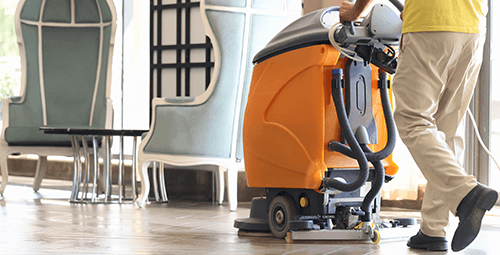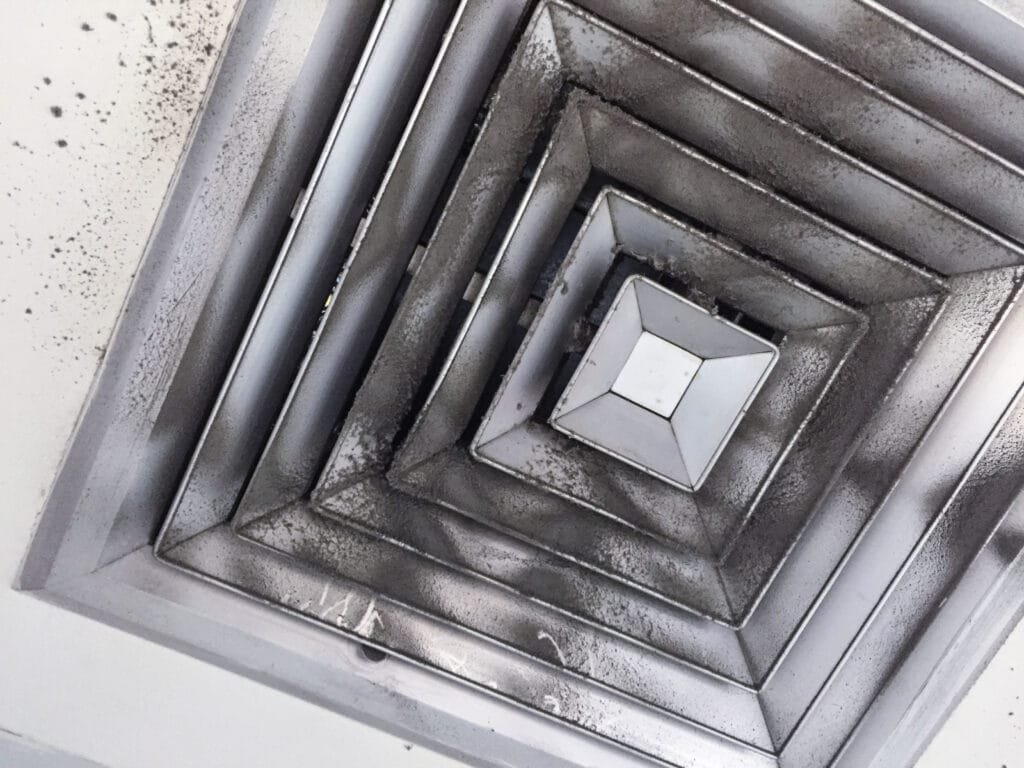In the fast-paced world of property management, tenant retention is a critical metric for success. High turnover rates drain resources, disrupt community dynamics, and threaten financial stability. While factors like rent prices and amenities often dominate discussions about retention, one understated yet powerful element is the cleanliness of a building. A spotless property does more than enhance curb appeal—it creates an environment where tenants feel respected, safe, and eager to stay. Clean buildings mean tenant retention! This blog explores how maintaining clean buildings can significantly reduce tenant turnover and sustain high occupancy rates, diving into the psychological, health-related, financial, and community-building impacts of cleanliness.
The Psychology of a Clean Environment
Human beings are profoundly influenced by their surroundings, and cleanliness plays a pivotal role in shaping perceptions. A well-maintained building, with gleaming floors, pristine common areas, and manicured landscaping, conveys a message of care and professionalism. For tenants, this fosters a sense of pride and emotional attachment to the property, making them more likely to renew their leases. Whether it’s a residential complex or a commercial office space, a clean environment signals that the management values its occupants, encouraging long-term commitment.

On the flip side, neglected spaces—think dusty stairwells, stained carpets, or dirty restrooms—can breed dissatisfaction and unease. Environmental psychology research highlights that clean spaces reduce stress and promote mental well-being, while dirty ones can trigger discomfort or even anxiety. For residential tenants, a tidy building feels like a true home, a sanctuary they’re reluctant to leave. For commercial tenants, it projects a polished image that aligns with their brand, reinforcing their decision to stay. By prioritizing cleanliness, property managers tap into these psychological drivers, creating an atmosphere tenants don’t want to abandon.
Health and Safety: A Foundation for Trust
Beyond aesthetics, cleanliness is a cornerstone of health and safety, which are non-negotiable for tenant satisfaction. Accumulated dirt, mold, or pests can pose serious health risks, from aggravating allergies to causing respiratory problems. In residential settings, poor sanitation can make tenants feel unsafe in their own homes, while in commercial properties, it can repel clients and harm business credibility. Regular cleaning, especially of high-touch surfaces like elevator buttons, railings, and door handles, demonstrates a commitment to tenant well-being. This is particularly crucial in the wake of heightened hygiene awareness post-pandemic, where tenants expect rigorous sanitation standards.
Cleanliness also mitigates safety hazards that could drive tenants away. Unaddressed spills increase the risk of slips and falls, while cluttered hallways or unmaintained fire exits compromise emergency preparedness. Poorly serviced HVAC systems can degrade air quality, leading to discomfort or health complaints. By investing in consistent cleaning and maintenance, property managers not only reduce liability but also build trust. Tenants who feel their health and safety are prioritized are far more likely to stay, knowing their environment supports their well-being.
Boosting Property Value and Market Appeal
A clean building is a competitive one. For prospective tenants, first impressions are everything, and a spotless property stands out in a crowded market. Polished lobbies, streak-free windows, and well-kept amenities signal quality management, making the property more attractive to new leases. For current tenants, ongoing cleanliness reinforces their choice to stay, as it reflects a commitment to maintaining a high standard over time. A building that feels fresh and inviting is one tenants hesitate to leave.
Moreover, cleanliness preserves the property’s long-term value. Routine maintenance prevents minor issues from escalating into costly repairs. For instance, regular carpet cleaning extends flooring life, prompt graffiti removal protects exterior aesthetics, and consistent HVAC upkeep ensures energy efficiency. These efforts keep the property in top condition, maintaining its desirability and marketability. Tenants are more inclined to renew leases in a building that feels modern and well-cared-for, rather than one showing signs of wear and neglect.
Fostering Community and Tenant Engagement

Cleanliness plays a vital role in community building, a key driver of tenant retention. Shared spaces like courtyards, fitness centers, or conference rooms are where tenants connect and form relationships. When these areas are clean and welcoming, they encourage interaction and engagement, creating a vibrant community atmosphere. Residential tenants might linger in a tidy lounge to chat with neighbors, while commercial tenants could host clients in a pristine meeting room, strengthening their ties to the property. A strong sense of community makes tenants less likely to move, as they value the relationships and belonging they’ve cultivated.
Dirty or neglected common areas, however, can have the opposite effect. A grimy gym or a littered courtyard discourages use, isolating tenants and weakening community bonds. Cleanliness also ties directly to tenant satisfaction. Industry surveys consistently rank maintenance and cleanliness among the top factors influencing lease renewals. When property managers address cleaning concerns swiftly—whether it’s mopping up a spill or refreshing a communal kitchen—tenants feel valued and heard. This responsiveness fosters loyalty, making tenants more forgiving of occasional hiccups and more committed to staying long-term.
The Financial Case for Cleanliness
High tenant turnover is a financial burden. Vacancies mean lost rent, while marketing, screening, and preparing units for new tenants rack up expenses. Industry data suggests turnover costs can range from 50% to 200% of a tenant’s annual rent, covering everything from advertising to repairs. Retaining existing tenants, by contrast, is far more economical, stabilizing revenue and minimizing operational disruptions.
Investing in cleanliness is a cost-effective strategy for retention. A comprehensive cleaning program—daily janitorial services, seasonal deep cleans, and preventative maintenance—keeps tenants satisfied and occupancy rates steady. For commercial properties, a clean environment can even justify higher rents, as businesses are willing to pay for spaces that enhance their professional image. Cleanliness, in short, delivers a strong return on investment by keeping tenants in place and properties profitable.
Navigating Challenges
Maintaining a spotless property comes with hurdles. Budget limitations may restrict resources, staffing shortages can disrupt schedules, and tenant negligence—like littering or ignoring spills—can undermine efforts. However, these challenges are manageable.
Prioritizing high-traffic areas can maximize impact within a tight budget. Cross-training staff or partnering with reliable contractors can address labor gaps. Clear communication, such as signage about cleaning expectations or newsletters highlighting maintenance efforts, aligns tenants with the goal of a clean building. Technology, from automated vacuums to predictive maintenance software, can further streamline operations, ensuring consistency even under constraints.
Conclusion: Clean Buildings Mean Tenant Retention
Clean buildings are a linchpin of tenant retention, offering benefits that ripple across psychological, health, financial, and community dimensions. A spotless property creates an environment where tenants feel valued, safe, and connected, reducing turnover and sustaining high occupancy. By investing in cleanliness, property managers not only enhance tenant satisfaction but also protect their bottom line, preserving property value and minimizing vacancies.
In a competitive market, a clean building stands out as a place tenants are proud to call home or work, fostering loyalty that translates into long-term success.
With strategic planning and a commitment to excellence, cleanliness becomes a powerful tool for building thriving, stable communities.
